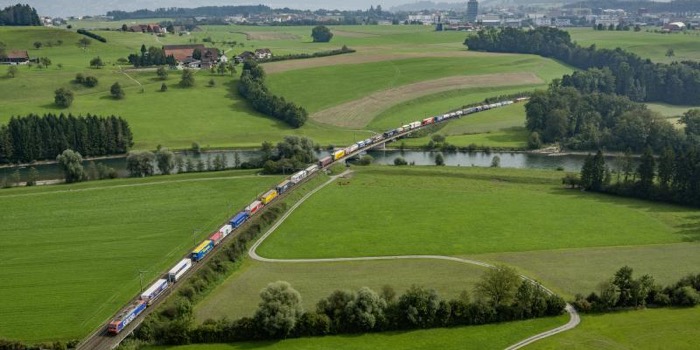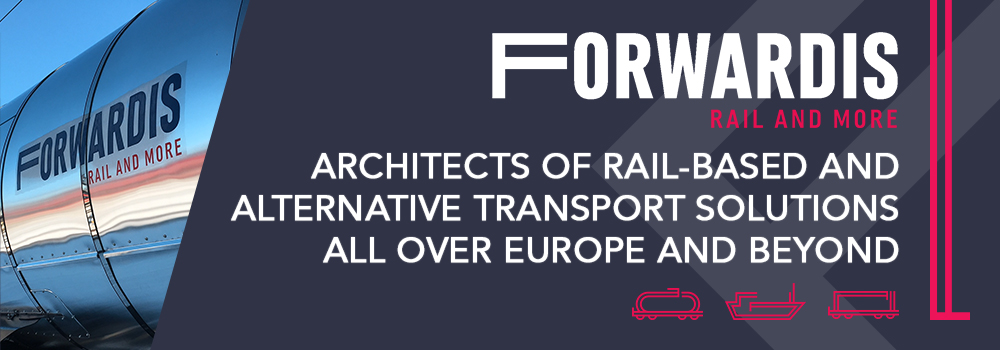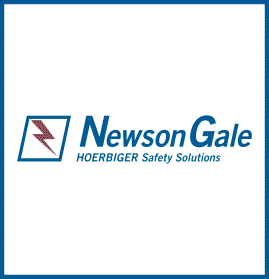Hupac proceeds with modal shift, continues to promote combined transport
According to a simulation by the Swiss combined transport Hupac, the productivity gains of the Alptransit project with the Gotthard and Ceneri base tunnels are lower than expected. In order not to jeopardise the modal shift process, the operating subsidies should therefore be continued at a lower level until the Rhine-Alpine corridor has been fully expanded, said the company.
The Hupac Group increased its traffic volume by 21.4 per cent in 2018 and achieved a satisfactory result. With the acquisition of ERS Railways, Hupac successfully entered the maritime hinterland transport market.

In financial year 2018, the Hupac Group increased its sales by 19.4 per cent to CHF 579.7 million (€502.1 million) compared with the previous year. The main factors for the extraordinary growth were the positive development in the core business of combined transport through Switzerland, the acquisition of the maritime operator ERS Railways and the discontinuation of the negative effect from the Rastatt disruption in the prior year.
Despite the challenging market environment regarding the quality of the railway infrastructure and the performance of single large railways, Hupac was able to generate a result of CHF 7.9 million (€6.8 million). This represents a decline of 29.1 per cent compared with the previous year, but it is in line with expectations, as the result is characterised by one-time special effects – above all goodwill amortisation on acquisitions.
New business segment: maritime hinterland transport
For the first time, the Maritime Logistics business unit was able to make a significant contribution to the business result of the Hupac Group. In June, Hupac took over the combined transport operator ERS Railways BV based in Rotterdam and Hamburg, including a 47 per cent stake in the Hamburg-based railway undertaking boxXpress.
Transalpine growth: successful modal shift
Transalpine traffic through Switzerland also developed positively. Compared to the previous year, Hupac Intermodal was able to shift 67,000 additional road consignments to eco-friendly railways, which corresponds to an increase of 14.4 per cent. Almost half of this is attributable to the recovery of volume losses due to the seven-week disruption of the Rhine valley route in August/September 2017.
Modal shift: further operating contributions required from 2024 onwards
For years, Hupac has been preparing itself for the abolition of the Swiss subsidies for combined traffic at the end of 2023. Lower production costs and more payload per train is the motto to compensate for the loss of subsidies without losing competitiveness against the road.
Hupac expects that by 2024 half of today’s operating subsidies – around CHF 110 million for the entire transalpine combined transport – can be compensated, primarily by using improved train parameters. The reduction in track access charges planned by the Swiss Federal Office of Transport as of 2021 will also reduce the burden on freight traffic; however, this will by no means be sufficient to compensate for the loss of operating subsidies for transalpine combined transport as of 2024.
Investments in rolling stock, terminals and digitalisation
Hupac consistently invests in the further growth of its business activities. Investments in fixed assets increased significantly to CHF 71.3 million in 2018. The wagon fleet was increased by 16 per cent to 6,891 modules. The purchases focused on 48-foot flat wagons and on type T3000 pocket wagons to meet the rising demand with respect to megatrailers.
Transhipment terminals are a key factor for the development of intermodal transport. Hupac is responsible for the operation of a dozen terminals in Switzerland, Italy, Germany, Belgium, and the Netherlands either via own operating companies or active participations. In order to secure capacities for further growth, Hupac together with partners is pursuing the terminal projects Milano Smistamento, Piacenza and Brescia in Italy, Gateway Basel Nord in Switzerland and Brwinów/Warsaw in Poland with completion by 2023. Last year Hupac acquired a stake in the RTC Geleen terminal (NL), while in the current year the stake in the Novara CIM terminal was increased from 3.5 per cent to 47.5 per cent. In summer 2019, the Italian subsidiary Hupac SpA will start operating the Pordenone terminal in north-eastern Italy.
Outlook 2019: goal 1 million road consignments
In the first four months of the year, the Hupac Group recorded extraordinary traffic growth of 28 per cent. This positive development is mainly attributable to the volumes of ERS Railways, which joined the Hupac Group in June 2018. The traffic development of Hupac Intermodal remained slightly below expectations with a growth of 3 per cent.
Overall, Hupac expects traffic demand to stabilise in 2019 as a result of the economic slowdown. “Despite the emerging economic stagnation, we assume that we will achieve traffic growth in a high single-digit percentage range and thus touch the one million mark,” said Beni Kunz.
Challenges are expected in 2019 related to construction sites for the expansion of the access routes to the Gotthard base tunnel. However, these will lessen by the time the 4-meter corridor opens up. Kunz commented: “With the start-up of the 4-meter corridor via Gotthard and Ceneri in 2021 we anticipate considerably more efficiency and reliability in favour of a further shift of goods transportation from road to rail.”
For more information visit www.hupac.ch
9th December 2019






















